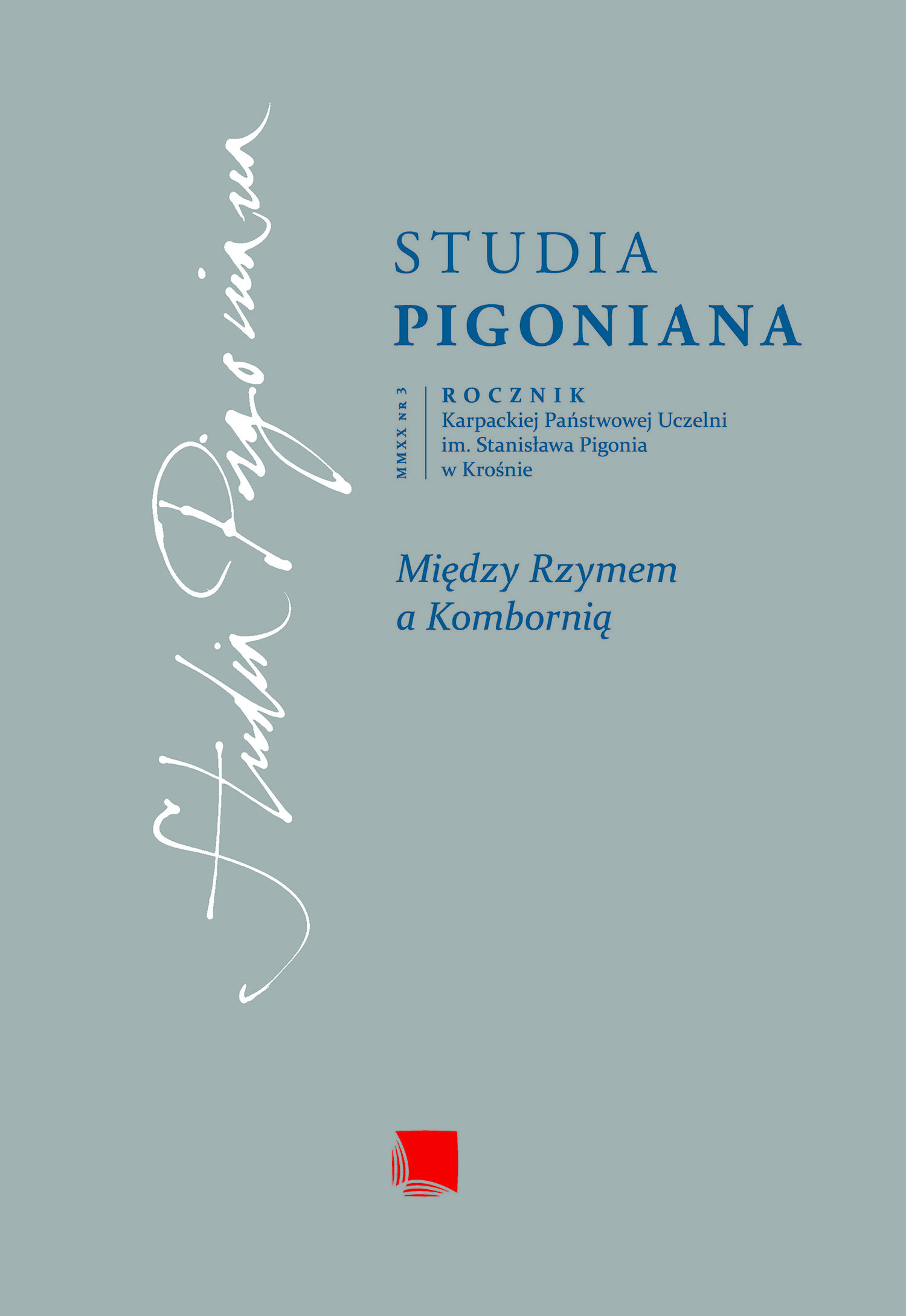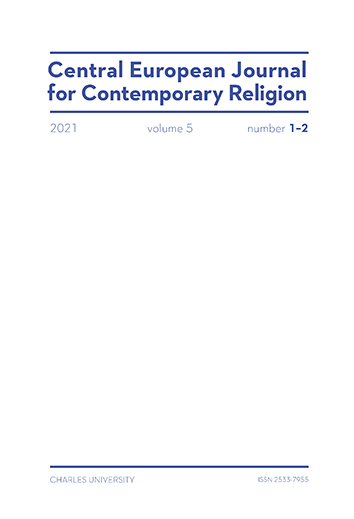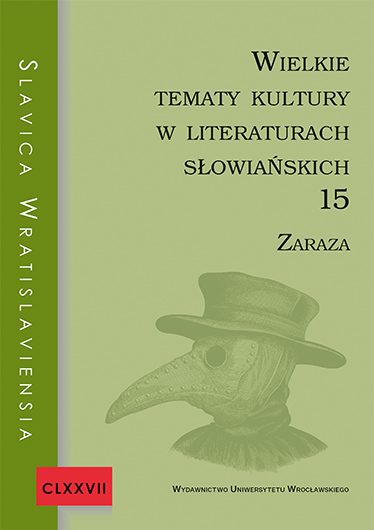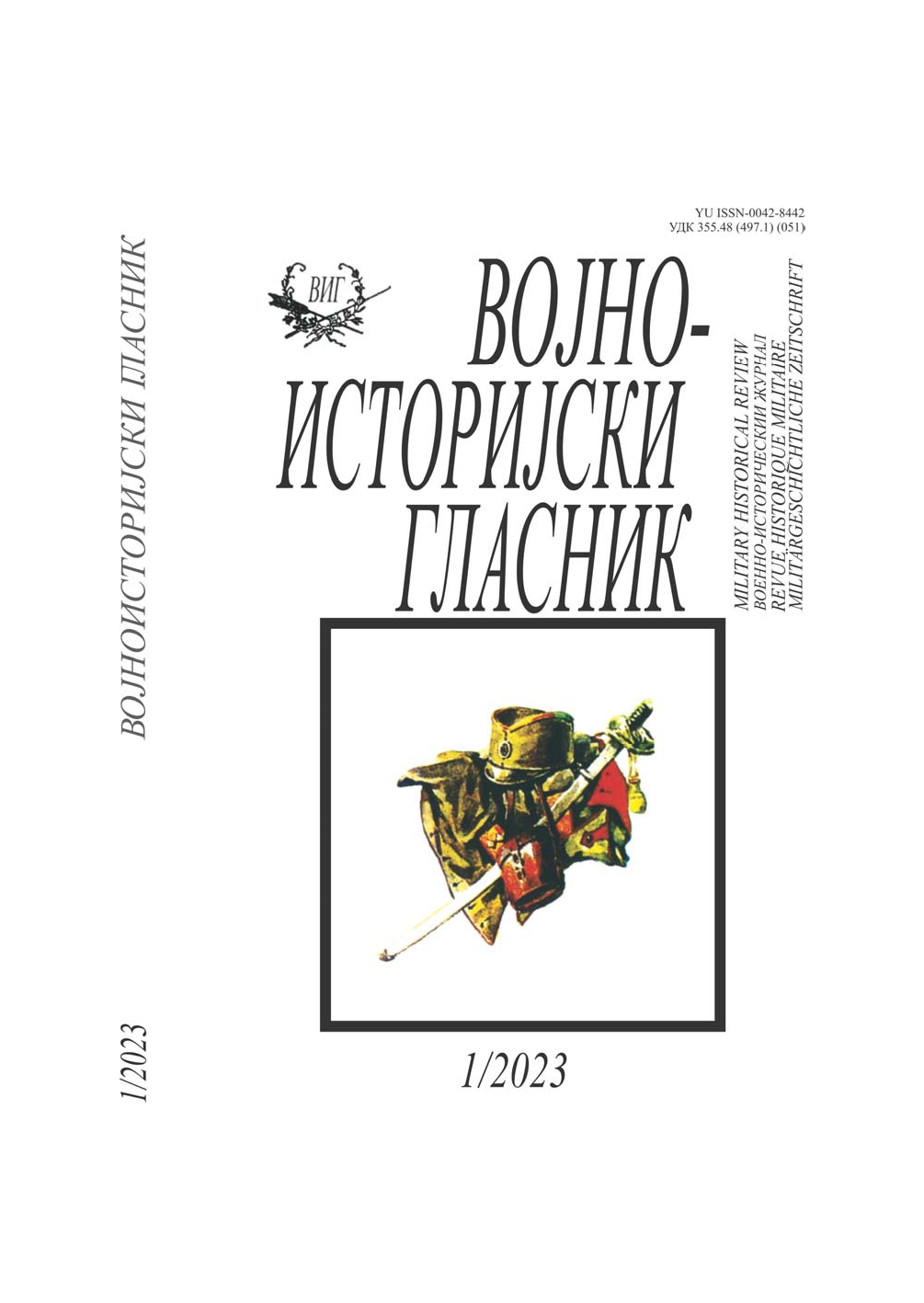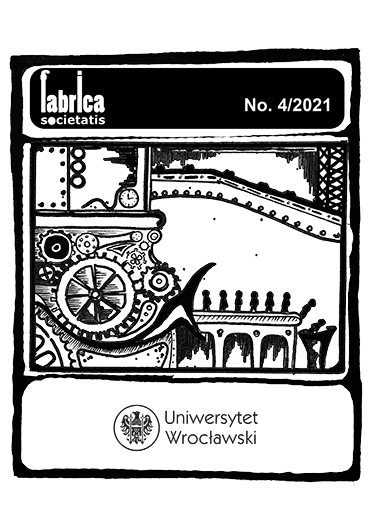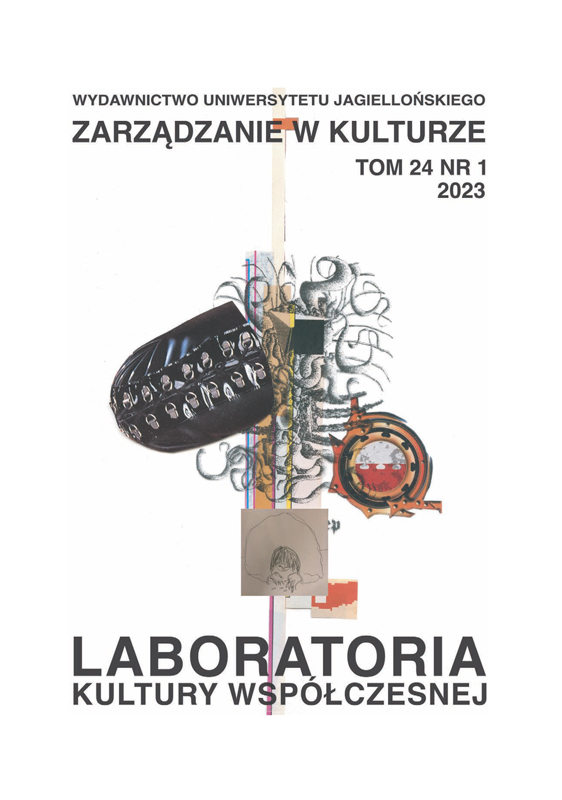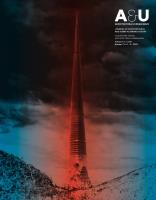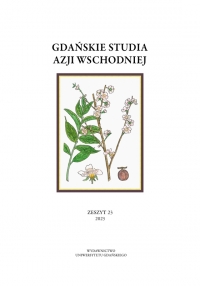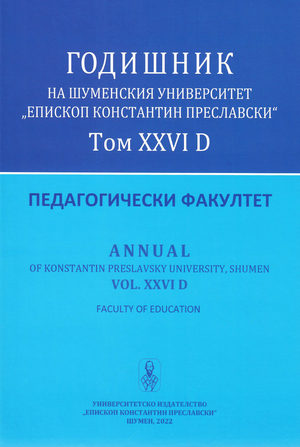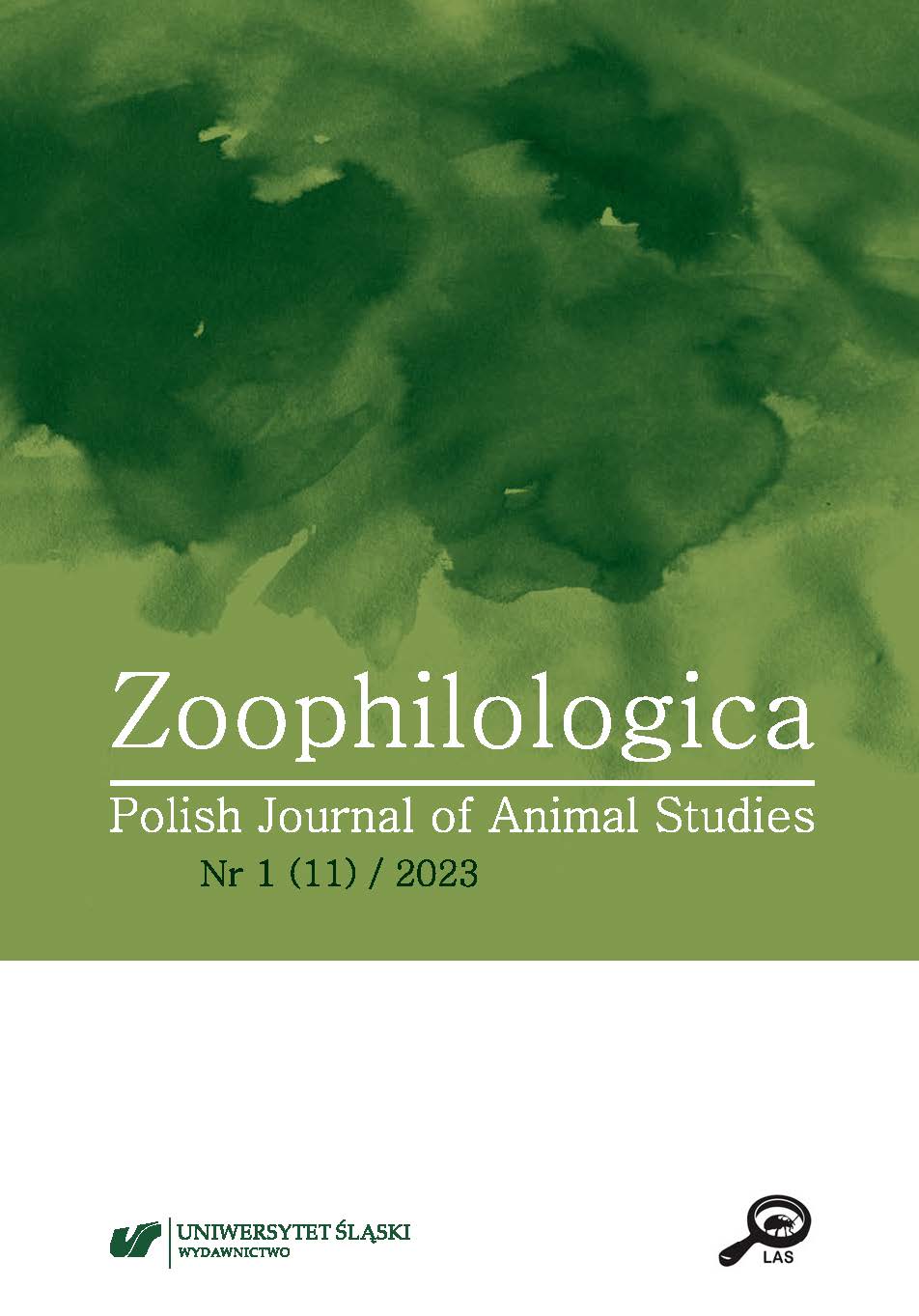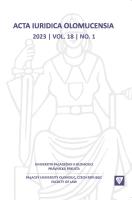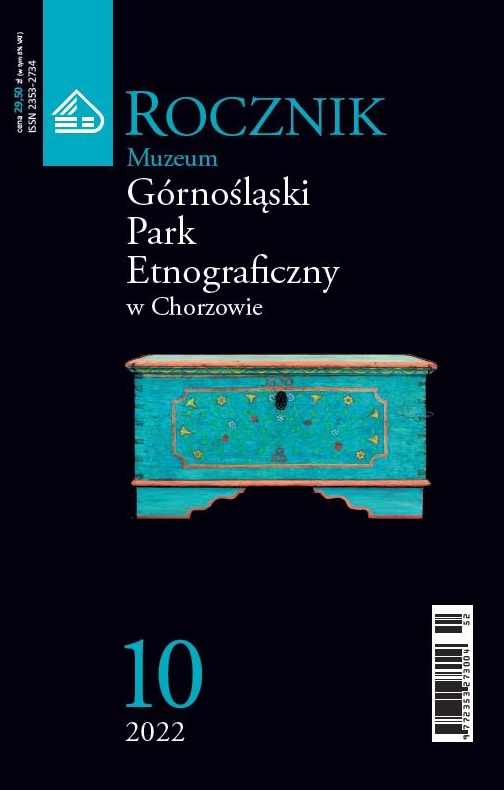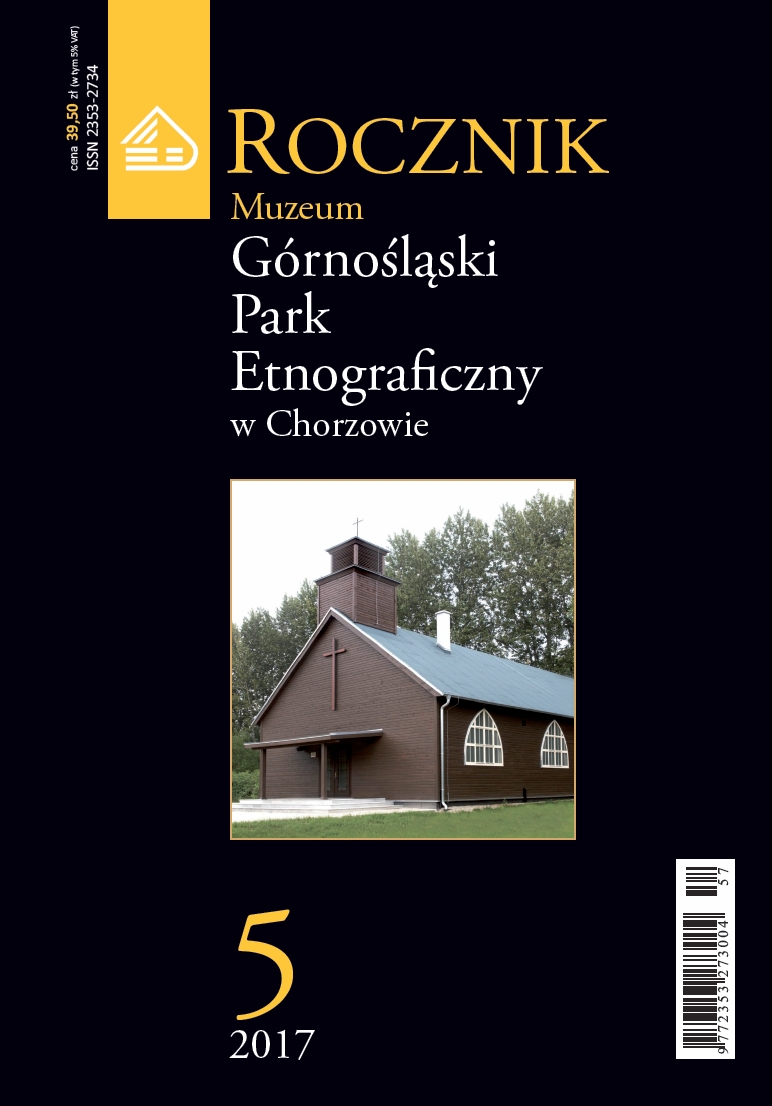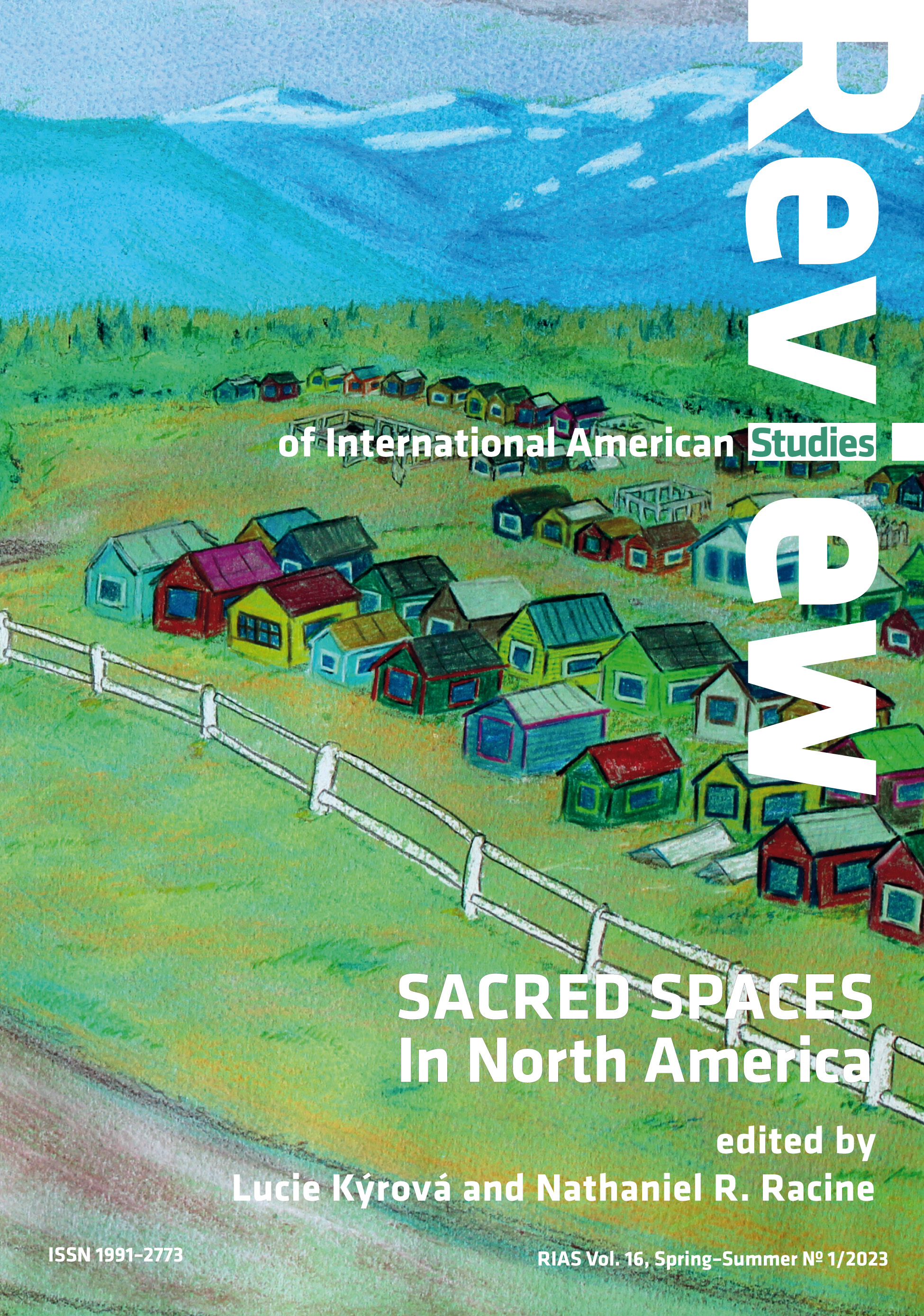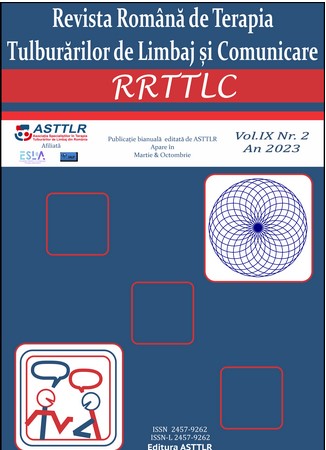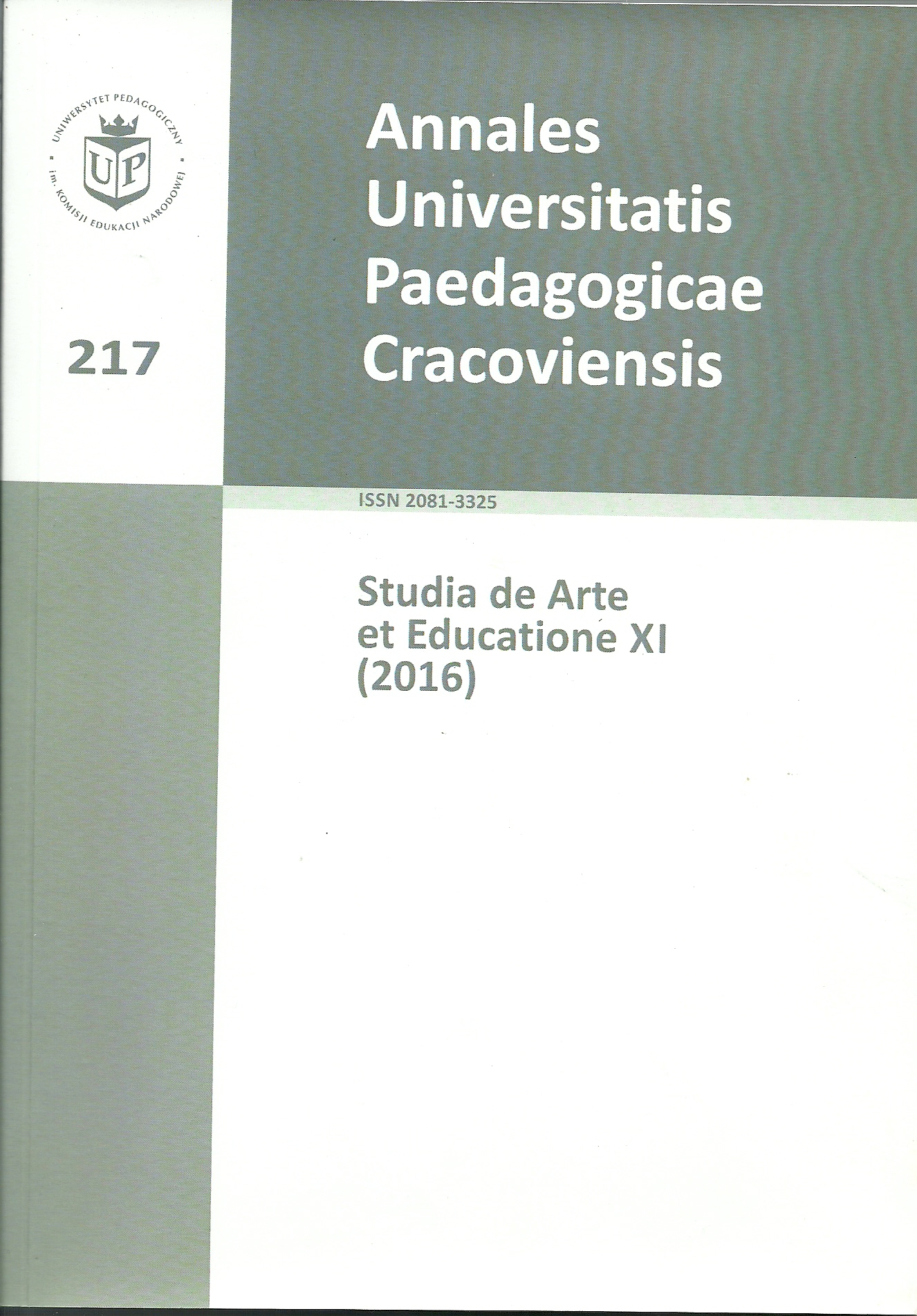
The Artist as Historian (of Aesthetics). Richard Long and the History of an English Point of View
In the art of the last few decades, we can see changes and returns to anthropological, social, or scientific research. Activities undertaken by artists were often characterized by abandoning interest in aesthetic issues for social activation or the development of new technologies and materials. Criticism and the history of art recognize this scientific turning point in art as a sign of our time. However, this perspective is not so much a result of new interests in art, but rather a change of interest in the reflection on art. The latter is also visible in the field of other scientific fields such as history or cultural geography, for which the cognitive value of the art of earlier decades and centuries has also become evident in recent years. More and more evident becomes the need to revisit these trends in art, which has so far been analyzed in the rather limited context of the development of international avant-garde art, and the emphasis on formal works of art. In the 70s of the twentieth century, when the conceptualism and directions of dematerialization of the artistic object dominated the art, both artistic practice and reflection on the subject were dominated by the ideals of the international avant-garde. The art of land (Land Art) functioned in this optics as one of many moves towards extending the field of sculpture. Based on selected works by Richard Long, the cognitive values of the art of the land created by the artist in the United Kingdom are recognized, which allow him to be considered a creator interested in local conditions of the relationship between artist and nature, resulting from 18th and 19th century concepts of picturesque and rural space as an English national space.
More...
